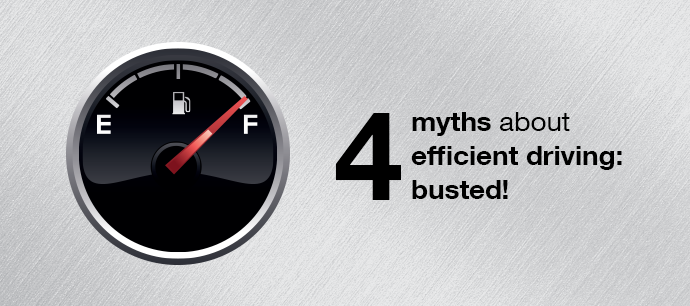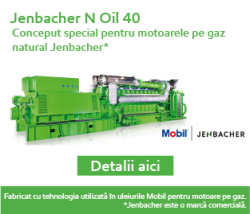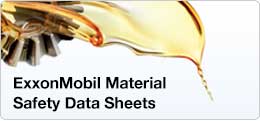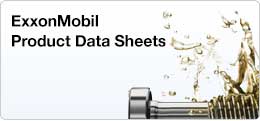4 myths about the efficient driving - busted
 4 myths about the efficient driving - busted
4 myths about the efficient driving - busted
While the fuel cost continues to grow, the drivers are looking for different ways to drive more efficiently. Find out below the most frequent myths about cost-efficient driving and the reasons why they are not true.
1. Using nitrogen instead or normal air for tire filling
From a chemical point of view, the nitrogen does indeed react less to the temperature changes and the shocks because, compared to air, it is more pure at a compositional level. However, the use of nitrogen for tires does not bring any advantages regarding fuel economy. On the contrary, filling the tires with nitrogen implies a higher price than normal filling, which is not justified by a possible fuel economy.
2. Filling tires over the recommended tire pressure
This myth regarding efficient driving is based on the fact that a tire pressure below the recommended value will lead to an increase in fuel consumption. Nevertheless, a bigger pressure does not necessarily lead to a big consumption reduction. Generally, if the pressure increases with 1 bar over the normal limit, the fuel consumption decreases only approximately 0.5%. However, the disadvantage of this practice is visible from the safely driving perspective: if filled over the permitted limit, the tire becomes more rigid and the adherence diminishes.
Thus, it is not recommended to fill the tires over the allowed limit, as the savings you obtain are insignificant compared to your safety when driving.
3. When you come down a descent, put the car in neutral so it does not use fuel
From a technical point of view, this is impossible, because even in neutral the engine burns fuel to be able to function. Moreover, if the car goes without being in any gear, you rely more on the brake and the danger degree increases. Paradoxically, a small fuel economy can be obtained if you use the engine brake at descent and slow-downs as the engine does not use fuel in such situations. Also, the engine brake is very helpful for a safe descent because the braking system is not used at its maximum and you will be able to use the brake pads for a longer period.
4. Refuelling should be done at low temperatures, preferably in the morning
This myth was based on a physics law which says that fluids are denser at a low temperature. In this respect, it is assumed that if you refuel when the temperature is lower, a litre of fuel will contain more liquid than when it’s warm. The idea is as fake as can be, because the fuel is kept in buried reservoirs, where the temperature is relatively constant. The only certain thing is that in conditions of excessive heat, when you refuel it’s possible that you lose an insignificant amount because of the vaporising process.
What should concern you when you refuel is do it in maximum safety conditions. Safety should come first each time you take care of your car, whether you refuel or change the engine oil.
All drivers are concerned with reduced fuel consumption, but the above myths do not influence this aspect in any way, rather the efficient driving can be achieved through proper automobile care and not with tricks based on preconceptions.







